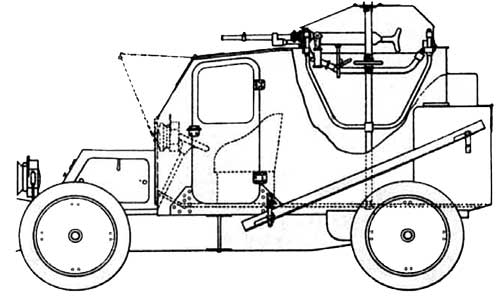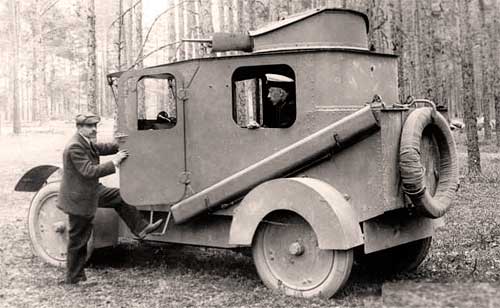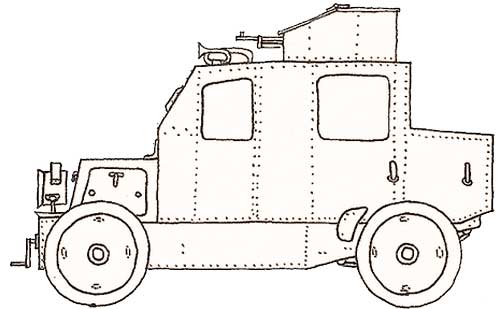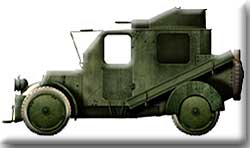
Charron Armored Car, model 1905
Content
Charron Armored Car, model 1905"It is more likely that an umbrella will appear in the equipment of infantrymen than they will start to carry soldiers in a car!"
Spoiler: Start of motorization The beginning of the motorization and mechanization of the French armyOn January 17, 1898, the leadership of the technical service of the artillery turned to the higher authorities with a request to purchase two Panard-Levassor, two Peugeot and two Maison Parisien cars for the army, but received a refusal, the reason for which was the opinion that all available cars and so will be requisitioned in case of war, and given the pace of development of the automotive industry, purchased equipment can quickly become obsolete. However, a year later the army bought the first cars: one Panhard-Levassor, one Maison Parisian and one Peugeot. In 1900, various manufacturers offered nine cars that were intended only for military purposes. One of these vehicles was a Panhard-Levassor bus for transporting personnel. Although at that time the idea of \u1900b\uXNUMXbcarrying soldiers in a car seemed completely ridiculous, and one of the military experts said: “Rather an umbrella will appear in the equipment of infantrymen than soldiers will be transported by car!”. However, the War Office purchased the Panhard-Levassor bus, and in XNUMX, together with two requisitioned trucks, it was operated on maneuvers in the Bos region, when a total of eight trucks of various brands participated.
Cars Panhard Levassor, 1896 - 1902 After the car was put into service, it was necessary to regulate its use, and on February 18, 1902, an instruction was issued that ordered the purchase of cars:
CV (Cheval Vapeur - French horsepower): 1CV corresponds to 1,5 British horsepower or 2,2 British horsepower, 1 British horsepower is equal to 745,7 watts. The horsepower we have adopted is 736,499 watts. Spoiler: Start of motorization
Armored car "Sharron" model 1905The Sharron armored car was an advanced creation of engineering for its time. The French army was one of the first to use cars for officers. Firm Charron, Girardot and Voig (CGV) produced successful racing cars and was the first to react to the new trend by developing a semi-armored car based on a passenger car. The vehicle was armed with an 8mm Hotchkiss machine gun, which was mounted behind an armored barbette in place of the rear seats. The rear-wheel drive (4 × 2) car had an open cab with two seats, the right of which was the driver's workplace. The car was presented at the Paris Motor Show in 1902, it made a good impression on the military. In 1903, the armored car was successfully tested, but that was it. Due to the too high cost, only two cars were built - "Sharron" sample 1902 and remained at the prototype stage.
But the management of the company "Charron, Girardot and Voy" realized that the army could not do without armored vehicles and work on improving the car continued. After 3 years, a new model of an armored car was proposed, in which all the comments and shortcomings were taken into account. At the armored car Sharron Model 1905 the hull and turret were fully armored. It should be emphasized that the idea of creating this machine (and its initial project) was proposed by a Russian officer, a participant in the Russo-Japanese War, Mikhail Aleksandrovich Nakashidze, a native of an old Georgian princely family, drove up the Siberian Cossack corps. Shortly before the end of the war of 1904-1905, Nakashidze submitted his project to the Russian military department, which was supported by the commander of the Manchurian army, General Linevich. But the department considered the Russian industry insufficiently prepared for the creation of machines of this type, therefore, the French company Charron, Girardot et Voig (CGV) was instructed to implement the project.
The body of the Sharron armored car was riveted from iron-nickel steel sheets 4,5 mm thick, which provided protection for the crew and engine from rifle bullets and small fragments. The driver was next to the commander, the view was provided by a large frontal window, which was closed in battle by a large trapezoidal armored cap with viewing holes in the shape of a rhombus with round external armored shutters. IN non-combat the situation, the armored cover was installed in a horizontal position and fixed with two movable brackets. Two large windows on each side of the hull were also covered with armored barriers. For the entry and exit of the crew, a door on the left side served, it opened towards the stern of the vehicle.
U-shaped steel walkways, attached diagonally to both sides of the hull, were designed to overcome obstacles (ditches, ditches, trenches). One large spotlight was installed in front of the front inclined sheet of the engine compartment, the second, covered with an armored cover, in the front sheet of the hull under the windshield. The fighting compartment was located behind the driver's and commander's seats; a low cylindrical tower of circular rotation was installed on its roof with a roof sloping in front and behind. The front bevel was large enough and was actually a semicircular hatch, the lid of which could be raised to a horizontal position. An 8-mm Hotchkiss machine gun was mounted on a special bracket in the turret. Its barrel was protected by an armored casing open from above. A naval officer, third-rank captain Guillet, designed a turret for the Sharron. The tower did not have a ball bearing, but rested on a column mounted on the floor of the fighting compartment. It was possible to raise the tower and rotate it manually, using a flywheel that moved along the lead screw of the column. Only in this position it was possible to provide a circular fire from a machine gun.
The engine compartment was in front of the hull. The car was equipped with a four-cylinder in-line carburetor CGV engine with a capacity of 30 hp. With. The combat weight of the armored vehicle was 2,95 tons. The maximum speed on paved roads was 45 km / h, and on soft ground - 30 km / h. Access to the engine for repair and maintenance was provided by hatches with removable covers in all walls of the armored hood. In the rear-wheel drive (4 × 2) undercarriage of the armored car, wooden spoked wheels were used, protected by steel caps. The tires were filled with a special spongy material that allowed the armored car to move after a bullet hit the wheel for another 10 minutes. To minimize this possibility, the rear wheels were covered with armored casings of a semicircular shape. For its time, the Charron armored car was a truly advanced creation of engineering thought, embodying a number of innovative technical solutions, for example:
In total, two Sharron armored vehicles were built sample xnumx of the year. One was acquired by the French Ministry of Defense (he was sent to Morocco), the second was purchased by the Russian military department (he was sent to Russia), where the machine was used to suppress revolutionary uprisings in St. Petersburg. The armored car completely suited the Russian military, and Charron, Girardot et Voig (CGV) soon received an order for 12 vehicles, which, however, were detained and confiscated by the Germans during transportation through Germany to “assess their capabilities”, and then used during large-scale military exercises of the German army. One armored vehicle of the Sharron type was produced by the Panar-Levassor company, four more vehicles, similar to the Sharron model of the 1902 model, were built by the Hotchkiss company in 1909 by order of the Turkish government. Sources:
| ||||||||||||||||||||||||||||||
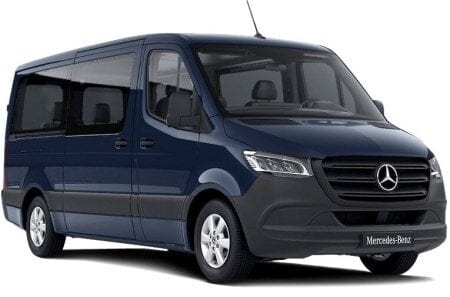
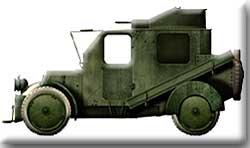 1897 is the date of official adoption car into service with the French army, when, under the leadership of Colonel Feldman (chief of the technical service of artillery), a military automobile commission was created, which appeared after the use of several commercial cars in exercises in the southwest and east of France. One of the first steps of the commission was the decision, together with the Automobile Club of France, to test the Panard Levassor, Peugeot break, Morse, Delae, Georges-Richard and Maison Parisienne cars. The tests, which also included a 200-kilometer run, successfully passed all the cars.
1897 is the date of official adoption car into service with the French army, when, under the leadership of Colonel Feldman (chief of the technical service of artillery), a military automobile commission was created, which appeared after the use of several commercial cars in exercises in the southwest and east of France. One of the first steps of the commission was the decision, together with the Automobile Club of France, to test the Panard Levassor, Peugeot break, Morse, Delae, Georges-Richard and Maison Parisienne cars. The tests, which also included a 200-kilometer run, successfully passed all the cars.





